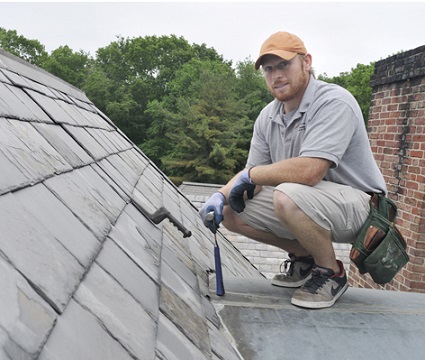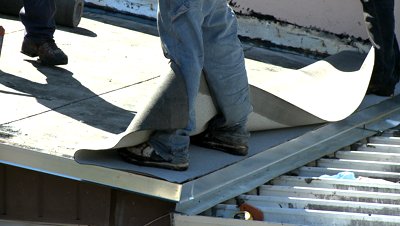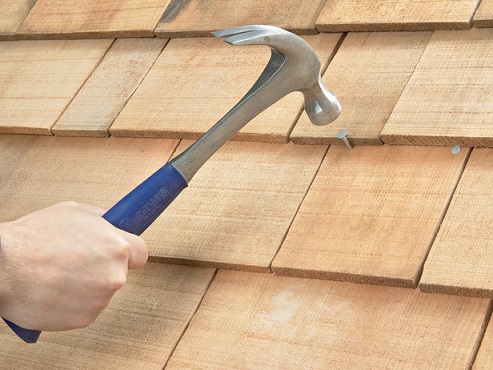The Importance of Effective DIY Roofing
The roof is one of the most essential parts of the house. It is what offers the much-needed protection from harsh weather elements such as sun, rain and snow. Over time, the roof will start to give in to wear and tear. At such a time the viable option would be to call in a technician to carry out the appropriate repairs. Calling a technician however, is not the best option. You might call on someone and have him or her charge you for a shoddy job. In addition, in the current economic situation, people are trying to save as much money as they can. With DIY roofing, you can conduct proper roofing repair and roof replacement while at the same time save money.
Merits and Demerits of Various DIY Roofing Materials
Before embarking on DIY roofing, you have to settle on a roofing material to use. These days, there are many kinds of roofing materials, each with its own benefits. You just have to find which ones suit you best.
- Wood– There are two main types of wood roofing, namely wood shake and shingles with asphalt composition. The latter has the advantage of being very affordable, and thus is used by very many homeowners. Its main demerit is the appearance. It has a dull appearance that looks quite unappealing. It is the roofing material of choice if you are conducting repair within a budget. Wood shake is every beautiful roofing material. This appearance however comes at a price because it is quite expensive to purchase and requires a lot of follow-up maintenance.
- Metal– If you opt to conduct DIY metal roofing, you will have to contend with the fluctuations in temperature. Metal is a good conductor of heat, thus the interior of the house will be really hot in hot weather and unbearably cold during cool weather. If you have the resources, you could use a layer of insulation under the roofing to keep the indoor temperatures stable. Metal roofing, though quite cheap, requires a lot of maintenance due to constant corrosion by rain and snow.
- Rubber– Rubber is the most common material when it comes to DIY flat roofing. The benefit of carrying out DIY rubber roofing is durability. Slates made from rubber are resistant to weather, fire and insects, thus can last for as long as five decades. If you are environmentally conscious, this is the best material for you as it is made from recycled rubber. It is also a great insulator thus eliminating the need for additional insulation.
- Slate– Slate roofing is used in most high-end constructions since it is very expensive. This roofing material is quite tough and withstands the harshest of weather elements. It needs very little repair and maintenance. When conducting repairs on slate roofing, you have to be quite careful, as slate tends to be slippery.
Handy Roofing Tips
Safety comes first. When thinking of mending your roof, you have to ensure that you will be safe. Do not rush into trying to fix the roof when the weather is not conducive outside. No matter how leaky the roof is, do not try and go out in the rain trying to fix it. Wait till it is calm and do a full repair. Put on shoes with rubber soles to prevent slipping. If possible, wear a harness to protect you in the event of slippage. If you are working with metal roofing, you should wear gloves to prevent cutting yourself.
Clear up the gutter. Sediment, rocks and leaves that collect on the gutter prevent rainwater from flowing freely out of the gutter and corrode the roof. This is one of the most common causes of leaks, so regular clearing of the gutter will reduce leaks occurring.
If you cannot locate the particular position of the leak, use a hose to track it. However, if the temperatures are cold outside, skip this process or wait until it is much warmer, since in cold weather some of the water might freeze and you could end up slipping on it. Sometimes, a leak may not occur due to corrosion, but due to uneven expansion. This is known as dry rot. To fix dry rot, ensure you leave adequate space in between roofing shingles to allow for expansion and contraction.
Fixing your roof by yourself needs knowledge and skills in determining the exact location of the leak or the area that needs fixing. These tips here will help you save from paying costly professional services and get it right with diy roofing steps.



